Easy and Healthy Sauteed Cabbage Recipe
This post may contain affiliate links (disclosure).
Sauteed cabbage is a quick and easy side dish that brings out the natural sweetness of cabbage with minimal ingredients. This recipe is perfect for busy weeknights when you need a healthy and delicious addition to your meal. Plus, it’s versatile enough to complement a variety of main courses.
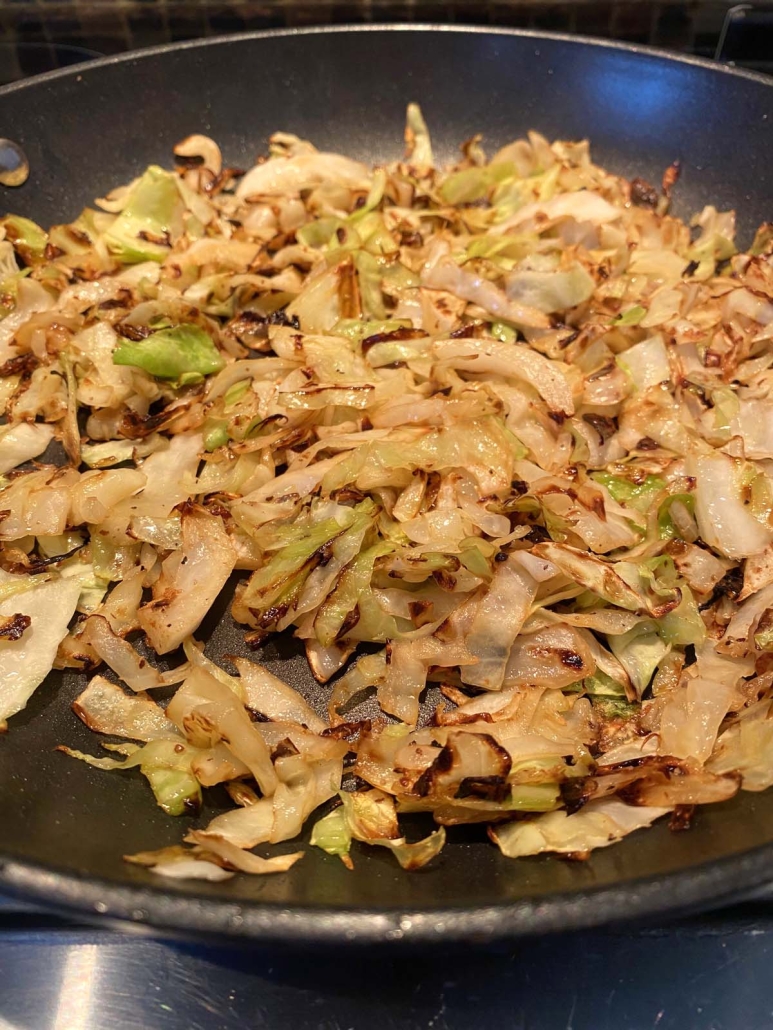
Why You’ll Love Sauteed Cabbage
- Quick and Easy: This sauteed cabbage recipe is incredibly simple to make. With just a few minutes of prep and cooking time, you can have a delicious side dish ready in no time. Perfect for busy weeknights or last-minute meal ideas.
- Healthy and Nutritious: Cabbage is packed with vitamins and minerals, making this dish a nutritious addition to any meal. It’s low in calories and carbs, making it ideal for those following keto or low-carb diets.
- Versatile Flavor: The combination of salt, pepper, and garlic powder enhances the natural sweetness of the cabbage, creating a delightful flavor profile. You can also customize the seasonings to suit your taste preferences.
- Minimal Ingredients: You only need a handful of ingredients to make this dish, most of which are pantry staples. This makes it an affordable and convenient option for any time of the week.
- Perfectly Tender: Cooking the cabbage until it’s tender and slightly browned gives it a wonderful texture. Each bite is savory, slightly sweet, and perfectly seasoned, making it a hit with both kids and adults.
Ingredients For Sauteed Cabbage
- Cabbage: A nutritious vegetable rich in vitamins and minerals. Use about one-third of a large cabbage for this recipe.
- Olive Oil: Adds a delicious flavor and helps cook the cabbage evenly. You can substitute with any vegetable oil, butter, or coconut oil.
- Salt: Enhances the natural flavors of the cabbage.
- Black Pepper: Adds a bit of heat and depth to the dish.
- Garlic Powder: Infuses a subtle garlic flavor that complements the cabbage beautifully.
For the exact measurements of the ingredients, see the printable recipe card at the bottom of this article.
Kitchen Tools You Need To Make Sauteed Cabbage
- Frying Pan: A non-stick frying pan works best for evenly cooking the cabbage without it sticking.
- Knife: A sharp knife is essential for slicing the cabbage into thin strips.
- Cutting Board: Use a sturdy cutting board to safely cut the cabbage.
- Measuring Spoons: For accurately measuring the oil and seasonings.
- Spatula: Helpful for stirring and mixing the cabbage as it cooks.
How To Make Sauteed Cabbage
- Slice the Cabbage: Cut the cabbage into thin strips. You’ll need about one-third of a large cabbage for this recipe.
- Heat the Oil: Place a frying pan over high heat and add olive oil. Allow the oil to heat up until it’s sizzling.
- Cook the Cabbage: Add the sliced cabbage to the hot pan. Stir occasionally to ensure even cooking and to prevent sticking.
- Adjust the Heat: Once the cabbage starts to sizzle, reduce the heat to medium-high. Continue cooking, stirring every minute, for about 10 minutes until the cabbage is tender and slightly browned.
- Season: Sprinkle salt, black pepper, and garlic powder over the cooked cabbage. Mix well to ensure the seasonings are evenly distributed.
- Serve: Transfer the seasoned cabbage to a serving dish and enjoy!
Serving Suggestions
- Main Dishes: Serve alongside roasted chicken, grilled steak, or baked fish for a complete meal.
- Vegetarian Option: Pair with other veggie sides like roasted carrots, mashed potatoes, or a fresh green salad.
- Toppings: Add a sprinkle of freshly grated Parmesan cheese or a squeeze of lemon juice for extra flavor.
- Lunch Bowls: Incorporate the sauteed cabbage into a grain bowl with quinoa, chickpeas, and a drizzle of tahini sauce.
- Tacos: Use the cabbage as a crunchy filling in tacos with your favorite proteins and toppings.
Tips For Success
- Choose Fresh Cabbage: Use fresh cabbage with crisp leaves for the best texture and flavor. Avoid cabbage with wilted or discolored leaves.
- Uniform Slices: Slice the cabbage into uniform strips to ensure even cooking. This helps each piece cook at the same rate, preventing some from being overcooked while others are still raw.
- Preheat the Pan: Make sure the frying pan is hot before adding the oil. This helps to quickly sear the cabbage, locking in its natural flavors.
- Don’t Overcrowd the Pan: Cook the cabbage in batches if necessary. Overcrowding the pan can cause the cabbage to steam rather than sauté, resulting in a less desirable texture.
- Stir Regularly: Stir the cabbage frequently to promote even browning and prevent it from sticking to the pan. This also helps distribute the heat evenly throughout the cabbage.
- Adjust Seasonings to Taste: Feel free to adjust the amount of salt, pepper, and garlic powder to your liking. You can also experiment with other seasonings such as paprika, cumin, or red pepper flakes for a different flavor profile.
- Cooking Time: Keep an eye on the cabbage as it cooks. Depending on the size of your slices and the heat of your stove, cooking times may vary. The cabbage is ready when it’s tender and slightly browned.
- Resting Time: After cooking, let the cabbage rest for a couple of minutes in the pan before serving. This allows the flavors to meld together and makes it easier to serve.
- Storage and Reheating: Store any leftovers in an airtight container in the refrigerator. Reheat gently in a frying pan over medium heat or in the microwave to maintain its texture.
Variations And Substitutions
- Spicy Sauteed Cabbage: Add a pinch of red pepper flakes or a dash of hot sauce for a spicy kick. You can also include sliced fresh chilies if you like it extra hot.
- Asian-Inspired: Incorporate soy sauce, sesame oil, and a sprinkle of sesame seeds for an Asian twist. You can also add sliced green onions and a bit of grated ginger for extra flavor.
- Garlic Butter Cabbage: Swap out the olive oil for butter and increase the garlic powder, or use fresh minced garlic for a rich, buttery taste.
- Bacon and Cabbage: Add cooked, crumbled bacon to the dish for a smoky, savory flavor. This pairs wonderfully with the tender cabbage.
- Vegan Option: Use coconut oil for cooking and add a splash of coconut aminos for a slightly sweet, savory flavor that’s vegan-friendly.
- Mediterranean Flavor: Add a squeeze of lemon juice, some chopped fresh herbs like parsley or dill, and a handful of Kalamata olives for a Mediterranean flair.
- Indian Spiced Cabbage: Use spices like turmeric, cumin seeds, and mustard seeds for an Indian-inspired variation. Cook the spices in the oil before adding the cabbage for a fragrant, flavorful dish.
- Mexican Style: Add cumin, chili powder, and a squeeze of lime juice. Top with fresh cilantro for a vibrant, zesty flavor.
- Herbed Cabbage: Mix in dried or fresh herbs such as thyme, rosemary, or oregano. These herbs add a wonderful aroma and depth to the cabbage.
Storage and Reheating
- Refrigeration: Store leftover sauteed cabbage in an airtight container in the refrigerator. It will stay fresh for up to 3-4 days.
- Freezing: For longer storage, you can freeze the cabbage. Place it in a freezer-safe container or a resealable plastic bag. Label with the date and freeze for up to 2 months. Thaw in the refrigerator before reheating.
- Reheating on the Stovetop: To reheat, place the cabbage in a frying pan over medium heat. Stir occasionally until heated through. Adding a small splash of water or oil can help restore its moisture.
- Microwave Reheating: Place the cabbage in a microwave-safe dish and cover it with a microwave-safe lid or plastic wrap. Heat on high for 1-2 minutes, stirring halfway through, until hot.
- Oven Reheating: Preheat your oven to 350°F (175°C). Spread the cabbage on a baking sheet and cover it with aluminum foil. Heat for about 10-15 minutes, or until warmed through.
Frequently Asked Questions
How do I know when the cabbage is done cooking?
The cabbage is done when it is tender and slightly browned. You can test a piece by tasting it; it should be soft but still have a bit of bite. The cooking time can vary depending on how thickly you slice the cabbage and the heat level of your stove, but it typically takes about 10 minutes.
Can I use other types of cabbage for this recipe?
Yes, you can use different types of cabbage such as Savoy, Napa, or red cabbage. Keep in mind that the cooking time may vary slightly with different varieties. Red cabbage, for example, might take a bit longer to become tender.
What can I do if my cabbage is burning?
If your cabbage starts to burn, reduce the heat to medium or medium-low. Stir it more frequently to prevent sticking and burning. You can also add a small amount of water to the pan to help prevent burning and create a bit of steam to cook the cabbage.
Can I add other vegetables to this dish?
Absolutely! You can add sliced carrots, bell peppers, onions, or mushrooms to the pan along with the cabbage. Just be sure to adjust the cooking time as needed to ensure all the vegetables are tender.
How can I make this dish more flavorful?
To enhance the flavor, you can experiment with different seasonings and additions. Fresh herbs like parsley, cilantro, or dill can add a fresh burst of flavor. Adding a splash of vinegar or lemon juice at the end of cooking can also brighten up the dish. For a richer taste, try using butter or adding a sprinkle of grated Parmesan cheese.
Is sauteed cabbage healthy?
Yes, sauteed cabbage is a healthy side dish. Cabbage is low in calories and high in vitamins C and K, fiber, and antioxidants. Using a healthy cooking oil like olive oil can add beneficial fats to the dish.
Can I make this dish in advance?
Yes, you can make sauteed cabbage in advance and store it in the refrigerator for up to 3-4 days. Reheat it gently on the stovetop or in the microwave before serving.
What should I serve with sauteed cabbage?
Sauteed cabbage pairs well with a variety of main dishes, including roasted meats, grilled fish, or vegetarian proteins. It can also be served as part of a larger meal with other vegetable sides, grains, or salads.
Can I make this dish without oil?
Yes, you can make this dish without oil by using a non-stick pan and a bit of water or vegetable broth to prevent sticking. This will result in a lighter version of the dish with fewer calories.
Other Easy Cabbage Recipes
Quick Sauteed Red Cabbage Recipe – Nutritious & Flavorful: This easy sauteed red cabbage recipe is a delicious and healthy side dish that adds a vibrant pop of color to any meal.
Simple Sauteed Cabbage And Carrots: Sauteed cabbage and carrots is a simple, nutritious side dish bursting with natural sweetness and flavors.
Crispy Fried Cabbage With Bacon: Fried cabbage with bacon combines tender cabbage with crispy, savory bacon for a mouthwatering, hearty dish.
Healthy Cabbage And Eggs Stir-Fry: Cabbage and eggs is a quick and satisfying stir-fry that makes for a perfect low-carb breakfast or lunch.
Crispy Air Fryer Cabbage Wedges: Air fryer cabbage wedges are crispy on the outside and tender on the inside, making a perfect healthy snack or side dish.
Keto Parmesan Roasted Cabbage Wedges: Parmesan roasted cabbage wedges are a keto-friendly delight, featuring crispy, cheesy edges and tender cabbage centers.
Easy Ground Beef And Cabbage Casserole (No Tomato Sauce): This ground beef and cabbage casserole is a comforting, tomato-free dish that’s packed with flavor and easy to prepare.
Sauteed Cabbage
Recipe Video
Ingredients
- 1/3 large cabbage
- 2 tbsp olive oil or any vegetable oil, butter, or coconut oil
- 1 tsp salt
- 1/2 tsp black pepper
- 1/2 tsp garlic powder
Recommended Kitchen Tools (click the links below to see the items used to make this recipe)
Instructions
- Slice the cabbage into thin strips. Use about one-third of a large cabbage to fit in a single frying pan.
- Heat a frying pan over high heat and add the olive oil.
- Add the sliced cabbage to the pan once the oil is hot and sizzling.
- Reduce the heat to medium-high and cook the cabbage, stirring occasionally.
- Continue cooking for about 10 minutes, until the cabbage is tender and slightly browned.
- Season with salt, black pepper, and garlic powder. Stir well to distribute the seasonings evenly.
- Remove the pan from the heat and transfer the cabbage to a serving dish.
- Enjoy your perfectly cooked sauteed cabbage!
Notes
- Adjust the seasoning to taste.
- Use any type of oil or butter based on your preference.
- Keep an eye on the cabbage to avoid burning; reduce heat if necessary.
Nutrition
See also:

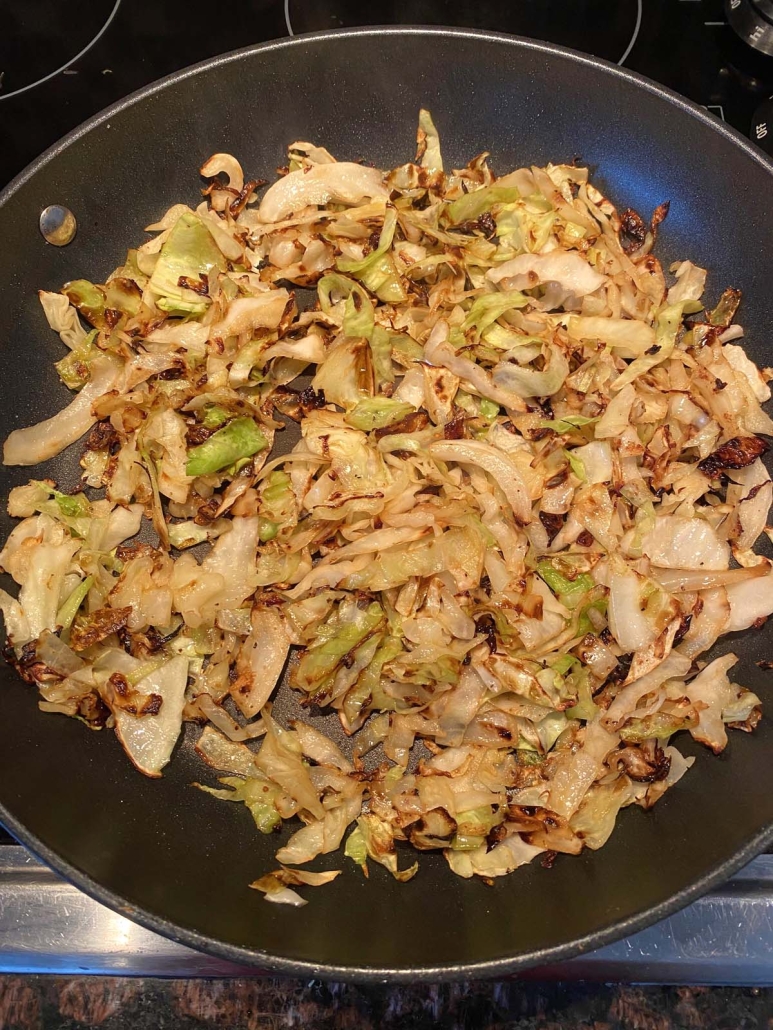
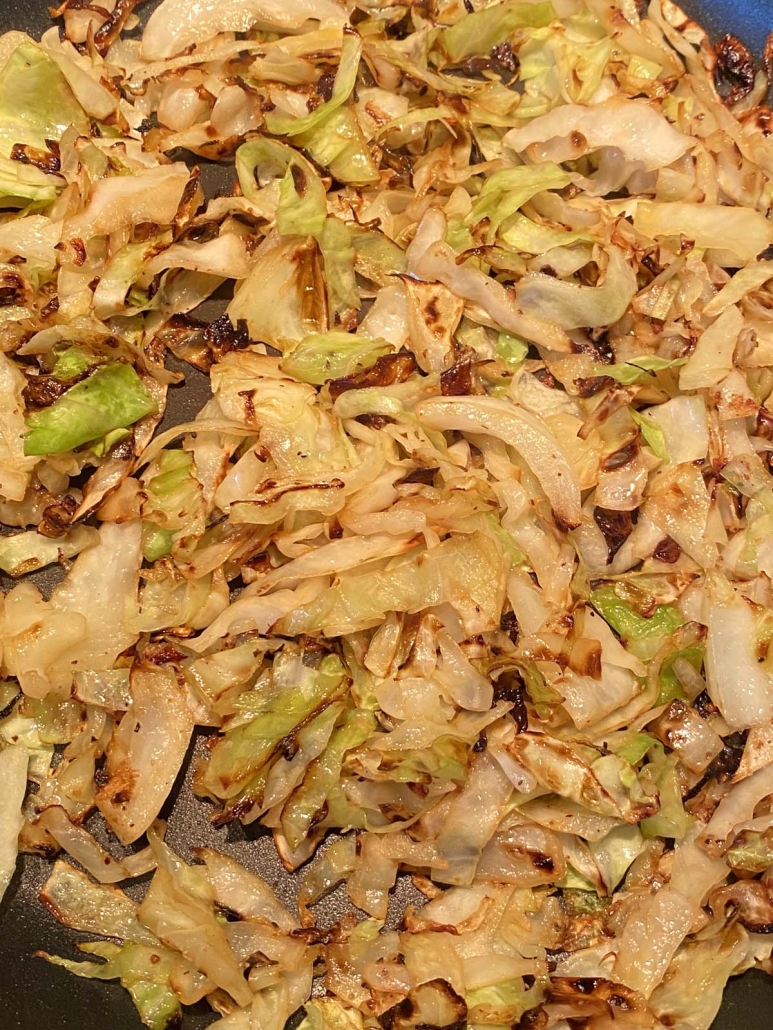
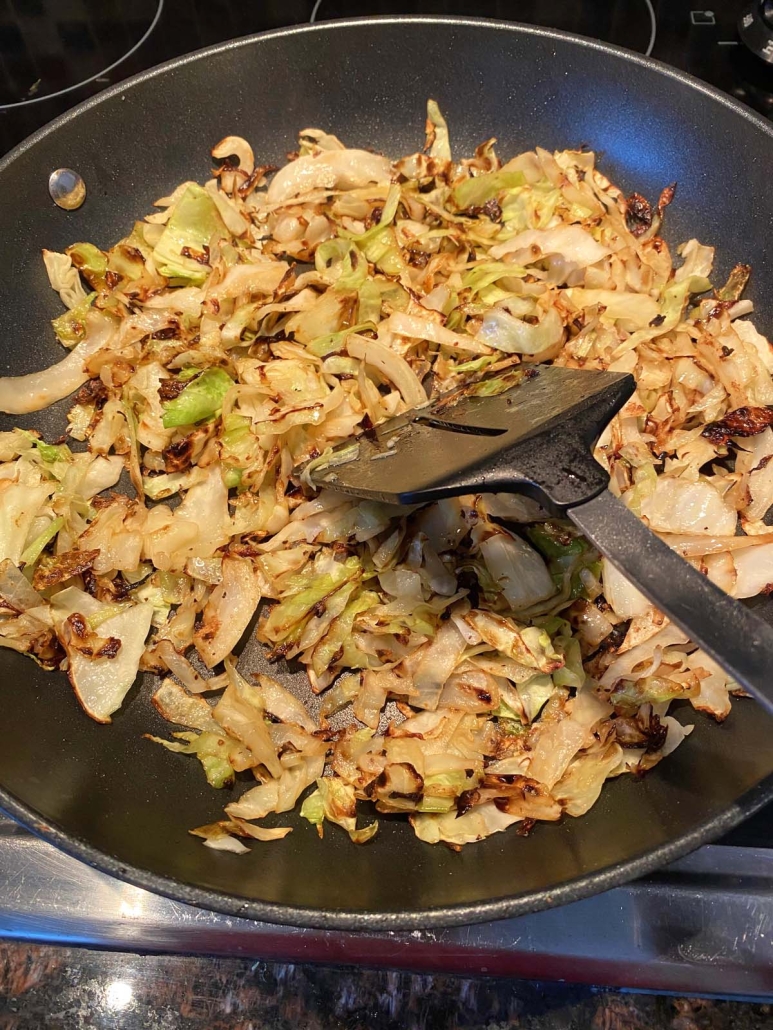

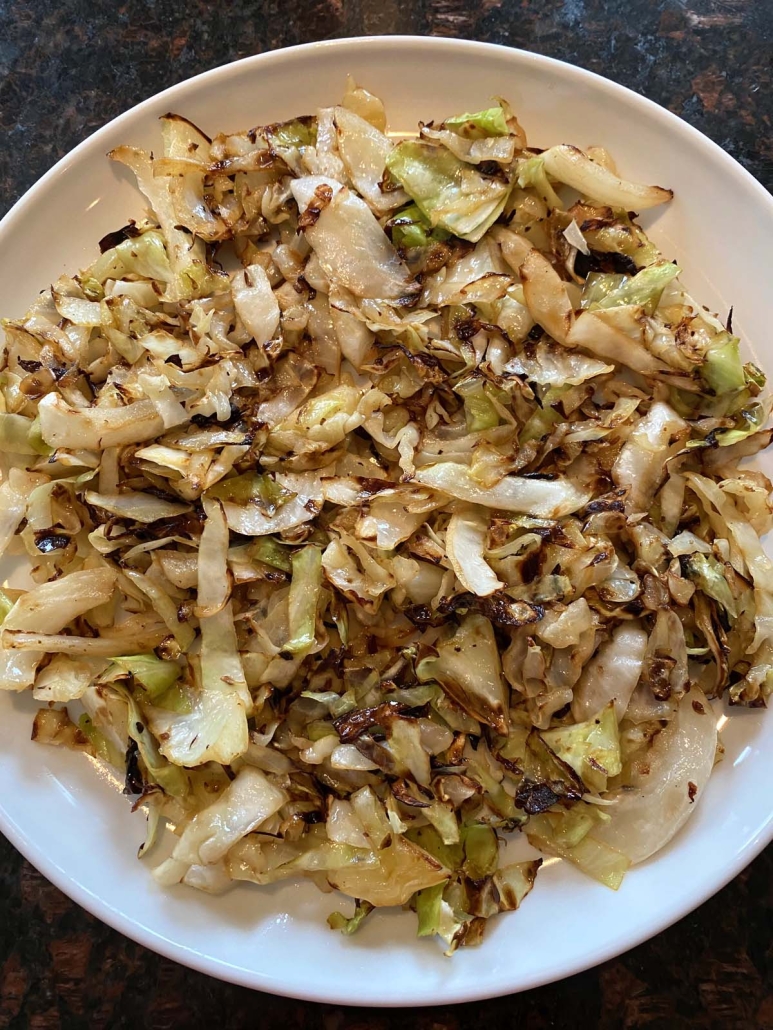
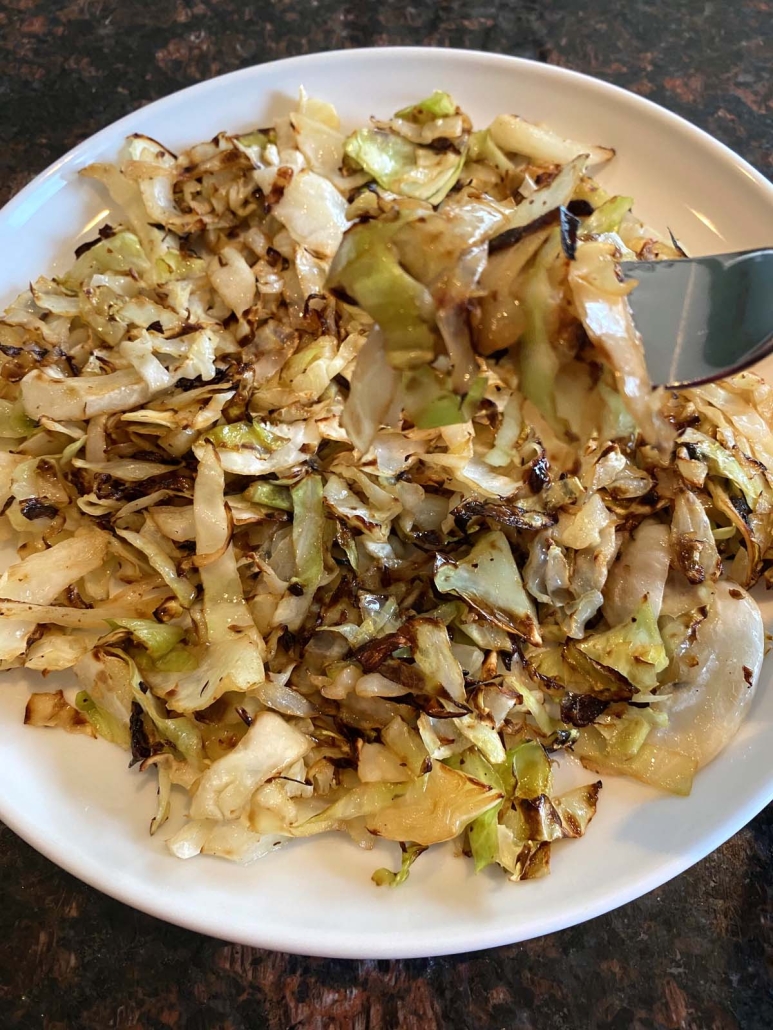
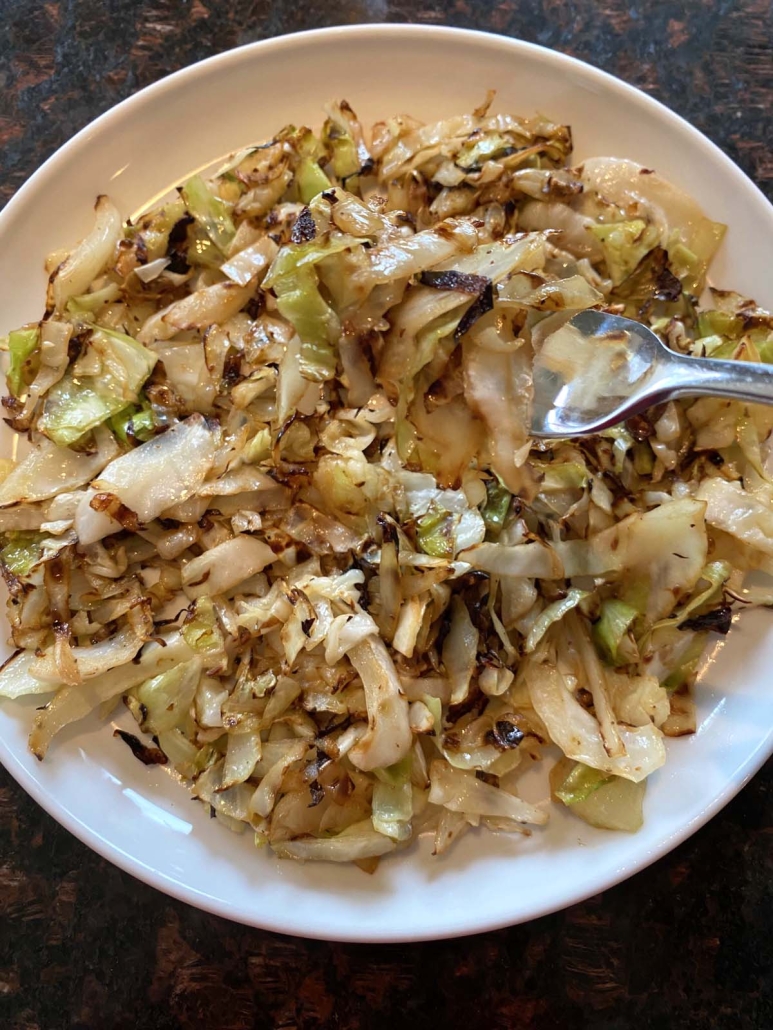
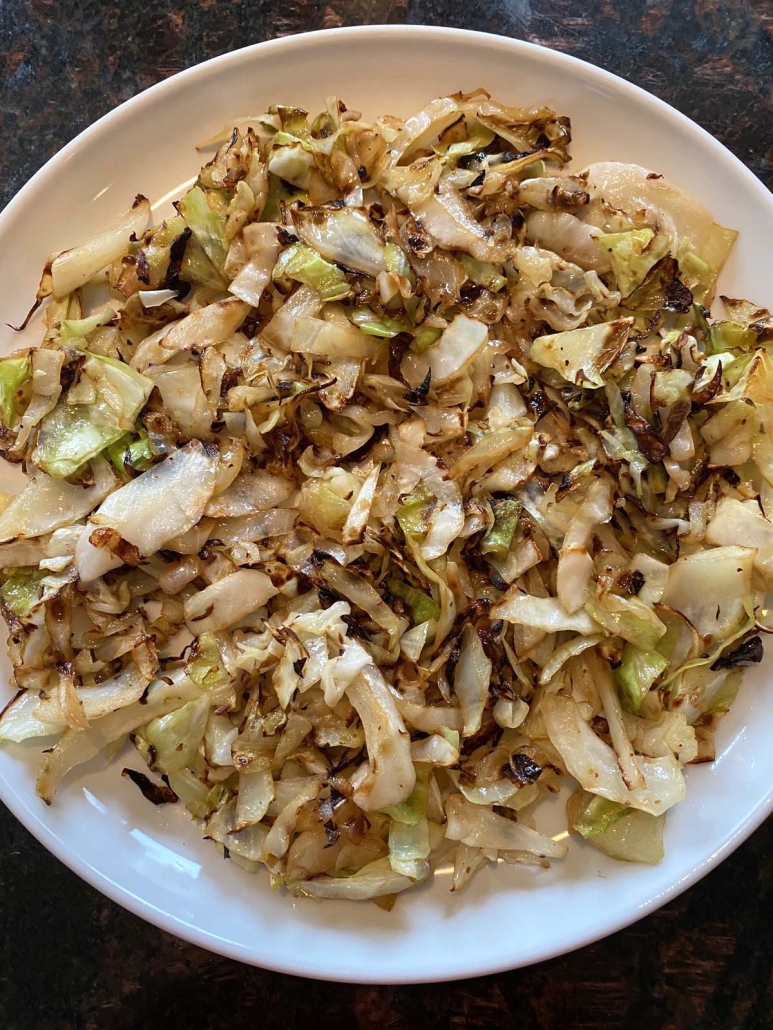
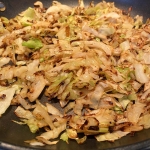

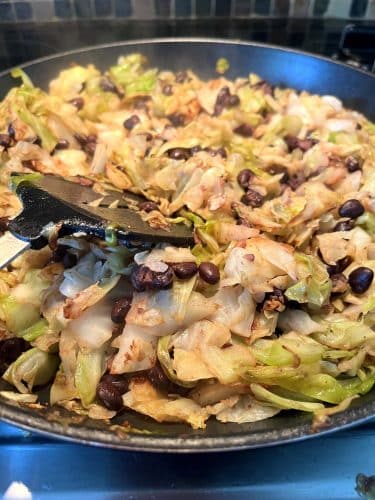
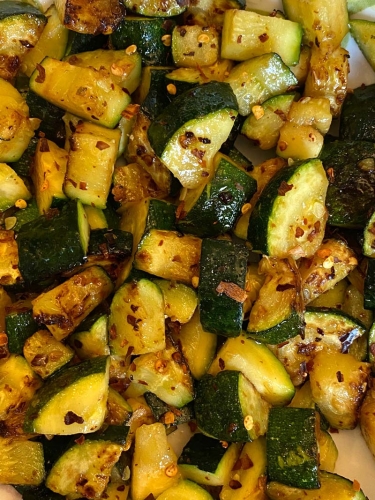
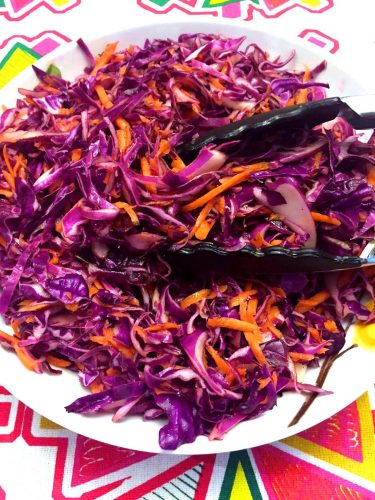
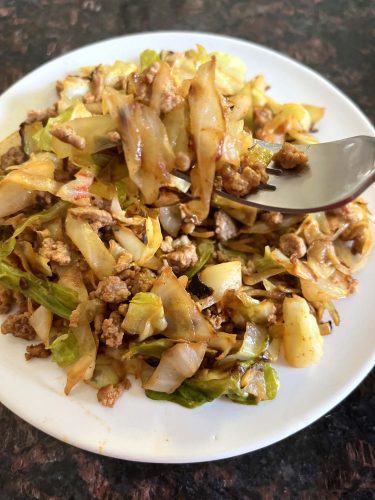
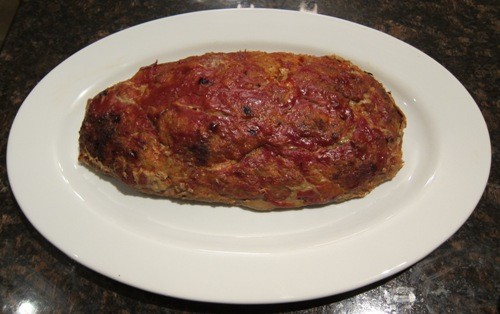


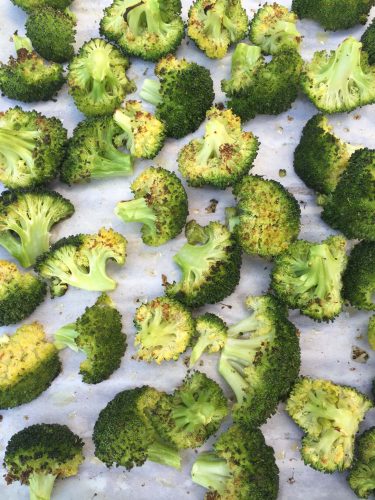
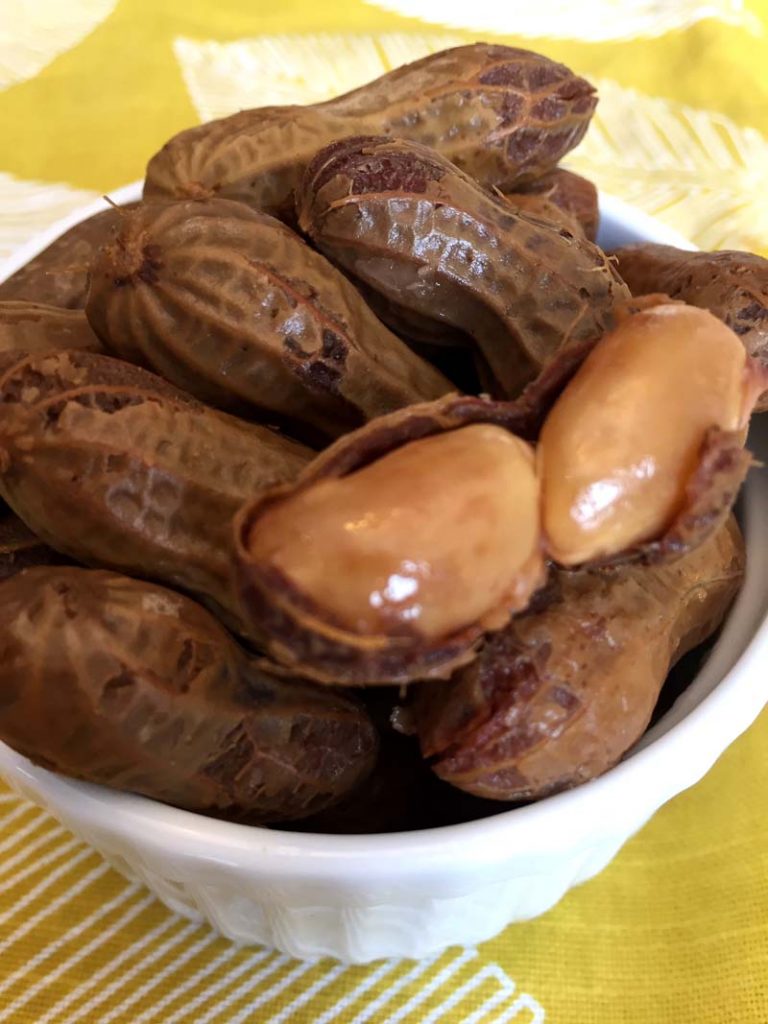

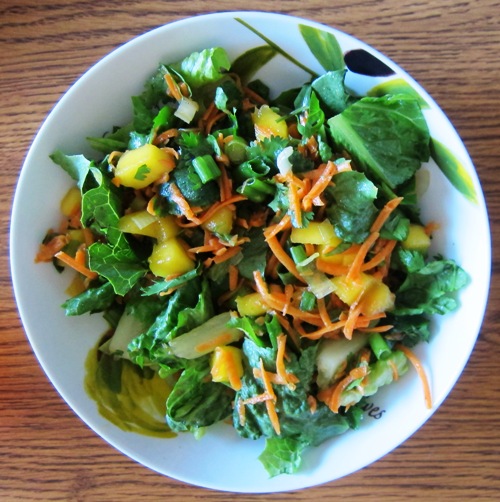

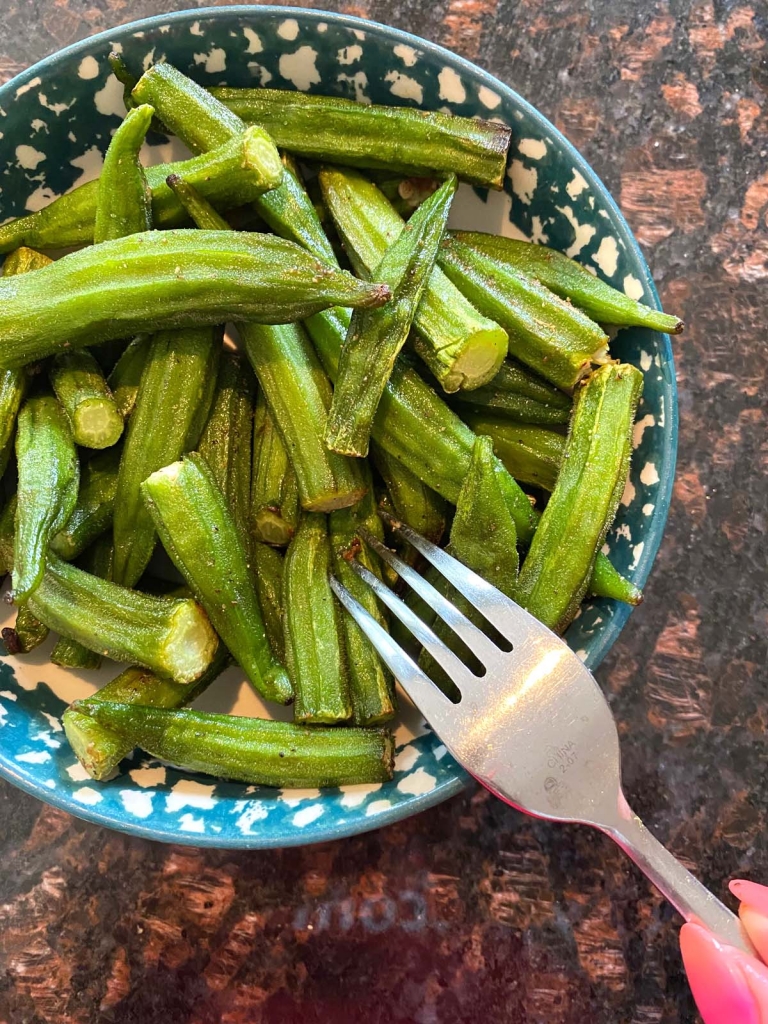
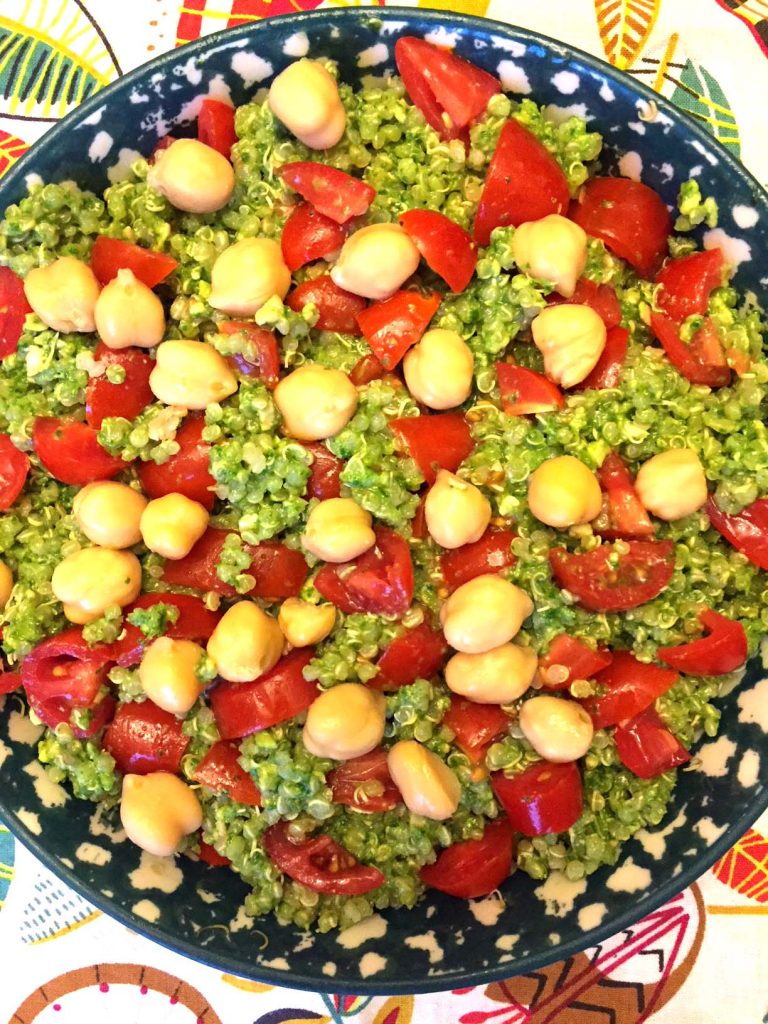
Ideal for keto and low-carb diets simple and satisfying! I like it.
Amazing with a squeeze of lemon or a sprinkle of Parmesan for extra zing